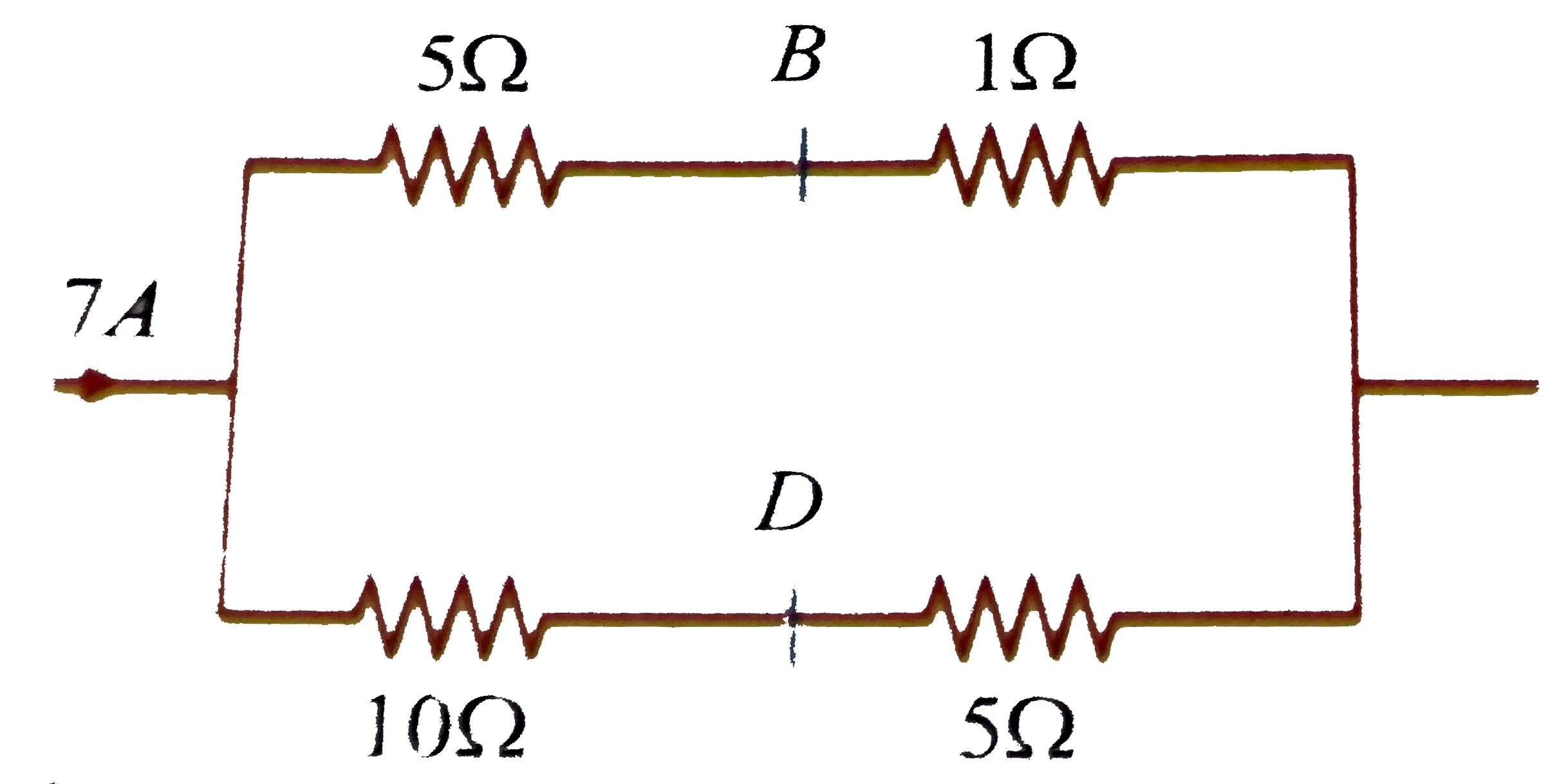In the circuit shown here, the point C is kept connected to the point A till the current flowing through the circuit becomes constant. Afterward, suddenly ponit C is disconnected from point A and connected to point B at time t=0. ratio of voltage across resistance and the inductor at t=L/R will be equal to
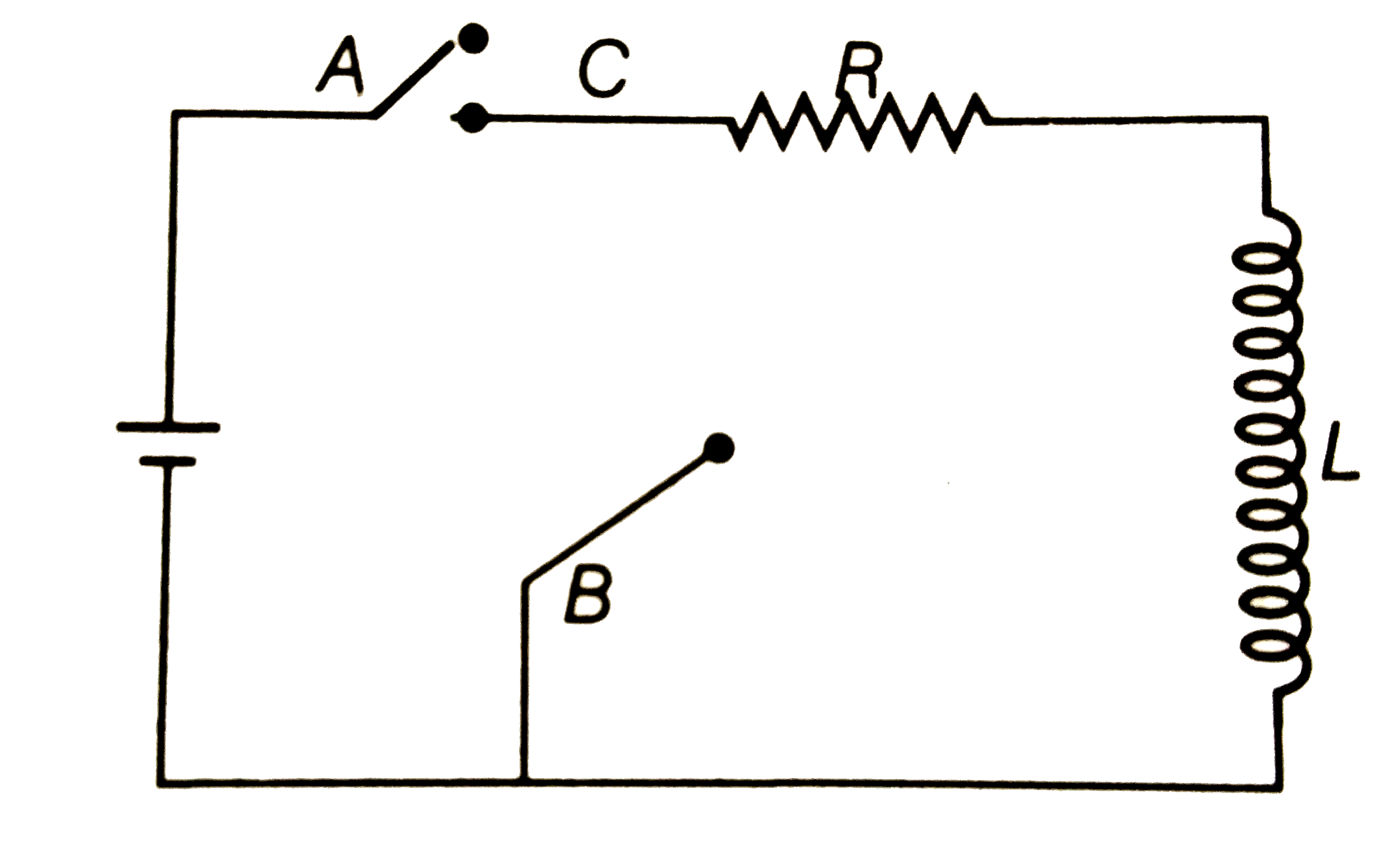
-1
1−ee
e1−e
1
The correct Answer is:A
Step by step video, text & image solution for In the circuit shown here, the point C is kept connected to the point A till the current flowing through the circuit becomes constant. Afterward, suddenly ponit C is disconnected from point A and connected to point B at time t=0. ratio of voltage across resistance and the inductor at t=L/R will be equal to by Physics experts to help you in doubts & scoring excellent marks in Class 12 exams.
Topper's Solved these Questions
- BOOK - MOTIONCHAPTER - ALTERNATING CURRENTEXERCISE - EXERCISE - 4 (LEVEL - II)14videos
ALTERNATING CURRENT
- BOOK - MOTIONCHAPTER - ALTERNATING CURRENTEXERCISE - EXERCISE - 3 (LEVEL - II)5videos
ALTERNATING CURRENT
- BOOK - MOTIONCHAPTER - 10 ROTATIONALEXERCISE - Exercise - 4 (Level - II)49videos
10 ROTATIONAL
- BOOK - MOTIONCHAPTER - ATOMIC STRUCTURE & X-RAY EXERCISE - Exercise - 231videos
ATOMIC STRUCTURE & X-RAY
Similar Questions
Knowledge Check
- Question 1 - Select One
In the circuit shown, if a wire is connected between points A and B. How much current will flow through that wire?
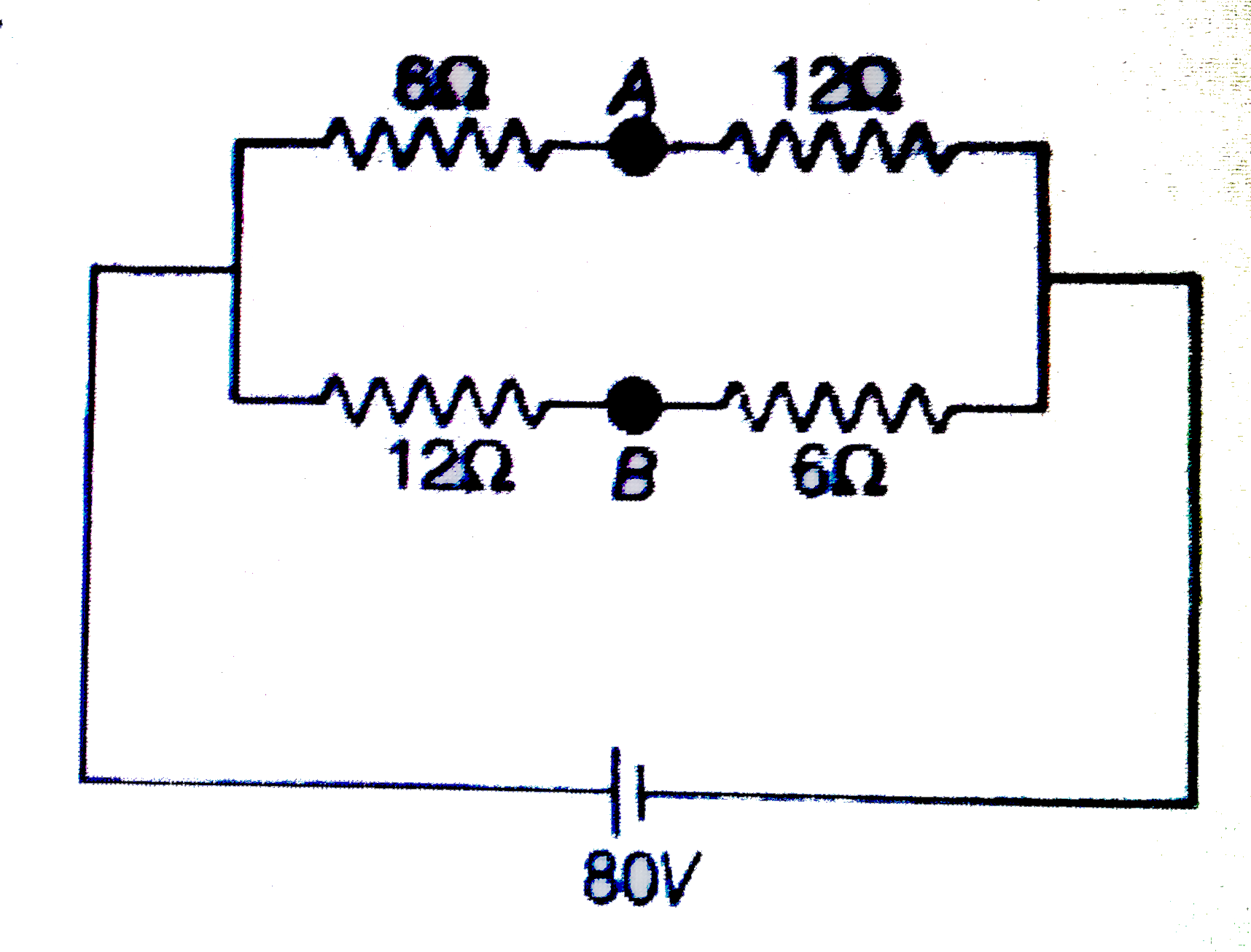 A5AB103AC203AD53A
A5AB103AC203AD53A - Question 2 - Select One
In the circuit shown if a conducting wire is connected between points A and B, the current in this wire will :-
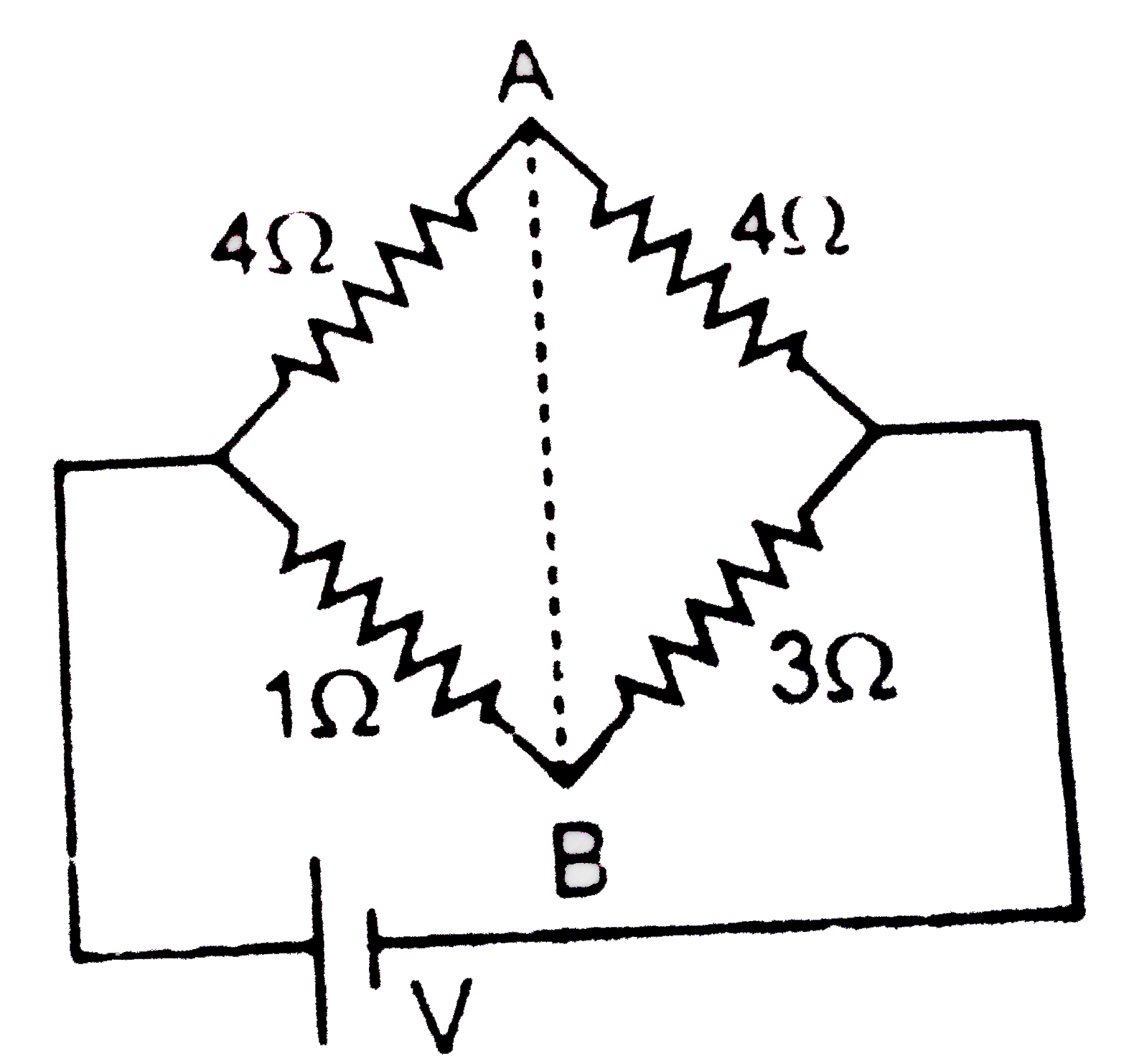 Aflow from A to BBflow in the direction which will be decided by the value of VCbe zeroDflow from B to A
Aflow from A to BBflow in the direction which will be decided by the value of VCbe zeroDflow from B to A - Question 3 - Select One
In the circuit shown if a conducting wire is connected between points A and B, the current in this wire will :-
 AFlow from A to BBFlow in the direction which will be decided by th value of VCBe zeroDFlow from B to A
AFlow from A to BBFlow in the direction which will be decided by th value of VCBe zeroDFlow from B to A
In the circuit shown in figure switch S is closed at time t=0
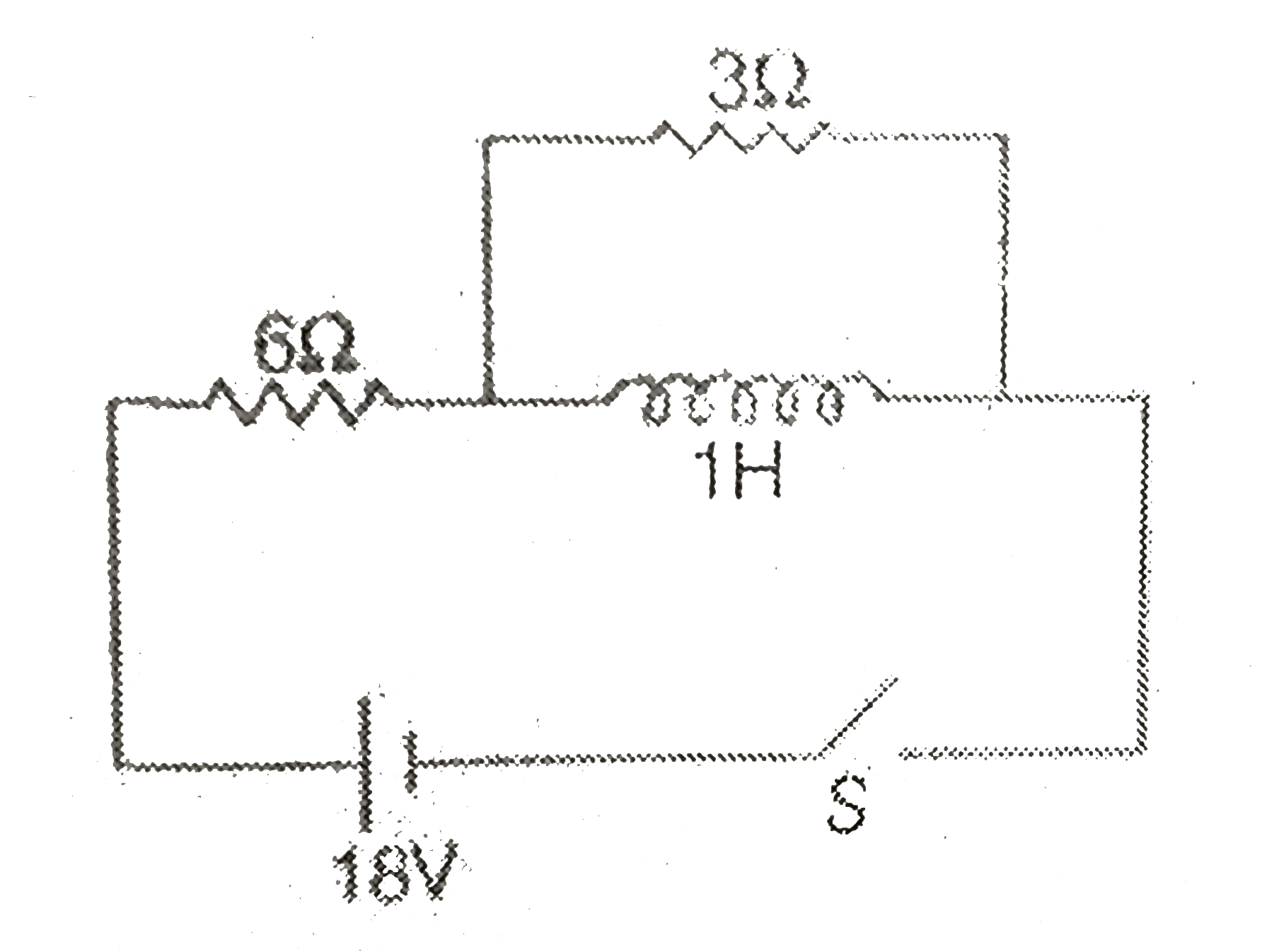
At what time current through 3Ω resistance and 1H inductor are equal?View SolutionAn L.C, R series circuit is connected to ac, source. At resonance, the applied voltage and the current flowing through the circuit will have a phase difference of
View SolutionIn the circuit shown in figure the total resistance between points A and B is R0. The value of resistance R is
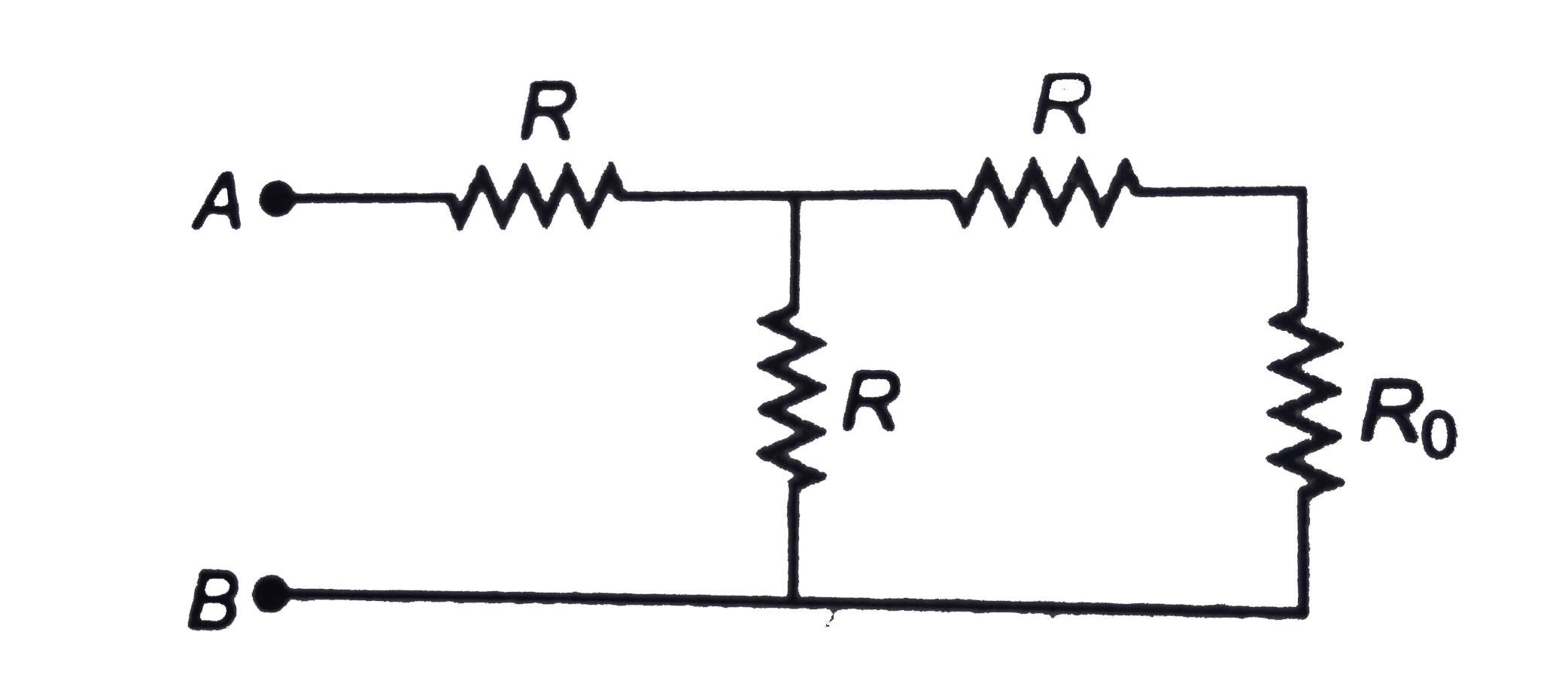 View Solution
View SolutionIn the circuit shown if Fig. the switch S is closed at time t = 0. The current through the capacitor and inductor will be equal at time t equal (given R=√L/C
 View Solution
View SolutionAn alternating voltage E=E0sinωt , is applied across a coil of inductor L. The current flowing through the circuit at any instant is
View Solution


